Disney World Record Guest Spending, Genie+ Popularity, Food Portion Cuts
Disney reported its fourth quarter earnings for July through September 2021 on an investor call held by CEO Bob Chapek. This post covers the good, bad & ugly of these results, including a sharp spike in per guest spending at Walt Disney World, uptake of the paid Genie+ service, possibility of reducing food portions to save money, and more.
Let’s start with the numbers. The fourth quarter of the Walt Disney Company’s fiscal year (or the third quarter of the calendar year) is another quarter of positive results, especially as the previous year offers an abysmal comparison due to ongoing closures and soft attendance last year.
Despite that, the Walt Disney Company missed Wall Street estimates across the board during the quarter, sending the stock down more than 4% in after-hours trading. Forecasts called for revenue of $18.79 billion, but the actual total was just $18.53 billion. Earnings per share for the quarter were 37 cents versus 51 cents expected in a survey of analysts. However, the biggest culprit for Wall Street’s disappointment wasn’t simply the numbers–it was the slowdown of Disney+.
Disney announced added 2.1 million subscribers, which is down from 12.6 million added the previous quarter. The number was well short of Wall Street expectations, with average forecasts estimating 10 million new subscribers. Analysts on average expected Disney Plus to reach 126.2 million subscribers for the quarter. Instead, Disney+ had 118.1 million paid subscribers worldwide.
Slowing growth was also the story of earnings calls for most other legacy media companies. During their recently-concluded quarters, AT&T’s WarnerMedia (HBO Max), ViacomCBS (Paramount+), and NBCUniversal (Peacock) all added fewer new subscribers than anticipated. Only Netflix bounced back this quarter, reporting 4.4 million new subscribers as compared to just 1 million in its previous quarter.
Content and competition are the stories there, as is the reality that people are no longer stuck at home. While Netflix has a non-stop pipeline of original content, the legacy companies all scrambled to launch streaming services powered by their massive libraries and have struggled to add new content at an acceptable pace for consumers. Chapek acknowledged this during the call, and also offered reassurance that the massive slate of original programming announced last year will soon start to pay off with regular releases from Marvel, Star Wars, and more.
Of particular interest to us is Parks, Experiences and Products (or Parks & Resorts). Revenues for the quarter increased to $5.5 billion compared to $2.7 billion in the prior-year quarter. Segment operating results increased $1.6 billion to income of $640 million.
However, that $640 million profit isn’t all Parks & Resorts–it’s also consumer products. For some reason, the stuff sold at Target is lumped together with theme parks. And that stuff sells like hotcakes, accounting for $618 million of that income. Domestic theme parks “only” made $244 million, whereas the international parks lost $222 million. Still, that’s significantly better than the $1.5 billion the parks lost in the same quarter last year.
The earnings document also revealed that capital expenditures decreased from $2.9 billion to $2.3 billion year-over-year, driven by the temporary suspension of certain capital projects. Capex decreased for Walt Disney World and Disneyland year-over-year by $548 million, and for all of the international parks combined by $84 million.
While this is a year-over-year downturn, spending has increased in the last couple of quarters as projects have started to resume and kick into higher gear. Work has resumed at Epcot and on Tron Lightcycle Run. For the international parks, the Zootopia expansion at Shanghai Disneyland, Arendelle: World of Frozen at Hong Kong Disneyland, and the expansion of Walt Disney Studios Park at Disneyland Paris are all underway again.
While discussing the theme parks business and its “yield management strategy,” Chapek spoke a bit about Walt Disney World’s newly-launched Genie service.
“The response to the [Genie] service in just its first month has been extremely positive. The majority of Genie and Genie+ users said it improved their overall park experience with nearly one-third of park guests upgrading to Genie Plus, making it possible for them to spend less time waiting in line and more time enjoying attractions, entertainment, dining, and retail opportunities. We’re very encouraged by what we’re seeing. We look forward to launching Disney Genie at Disneyland very soon.”
During the Q&A, Chapek again emphasized the utilization of Genie+ thus far at Walt Disney World: “I’m not sure if everyone appropriates the gravity of this to the Genie+ success. One third of the guests at Walt Disney World are buying the Genie+ upgrade. That’s $15 per guest, per day. That’s a marginal increase in per cap and margin.”
The company is no doubt pleased with the rollout thus far of Genie+, as it’s essentially new revenue from nothing. Utilization of MaxPass at Disneyland was actually higher than this, and we’d expect the number to increase over time–especially during busier times of year and once there’s a yearly Annual Passholder add-on available for purchase. The sweet spot is probably around 50% of Walt Disney World guests–anything higher starts negatively impacting the usefulness of the service, and thus, guest satisfaction.
Disney CFO Christine McCarthy stated that at Walt Disney World, guest spending per capita again was “very, very strong” in addition to improved yield management. This has been a familiar story of reopening, with her repeatedly calling guest-spending gains “exceptional” and saying the results have far surpassed expectations a number of times.
During this call, Disney quantified the increase in per guest spending, with Chapek stating that “we’re seeing an incredible 30% increase in per caps” versus 2019. Keep in mind that this was for the fiscal fourth quarter, which is before Genie+ launched.
The increase in per guest spending should be unsurprising–you don’t even need to follow earnings calls to observe it. Despite discounts being virtually nonexistent, resorts are booking up for most nights through the end of the year. The effective prices of everything else–from tickets to food to souvenirs–is all up. On top of that, merchandise is flying off of the shelves and Advance Dining Reservation availability is minimal for most table service restaurants.
This isn’t unique to Walt Disney World. Hospitality companies around the country are reporting similar spikes to per guest spending or average daily rate (ADR), with numbers that are off the charts as compared to 2019. There is a ton of pent-up demand working its way through the industry. Most of the target demographic for these destinations spent less and saved more while being stuck at home, while also receiving stimulus money. Obviously, this isn’t true for everyone across the board, but it is statistically accurate for the bulk of Walt Disney World’s middle to upper-middle class visitor profile.
During the Q&A, McCarthy was essentially asked whether this was sustainable. In response to that, she noted that Walt Disney World and Disneyland are still operating under “capacity constraints.” This is something we knew to be true, but it’s not something Disney has discussed in several months.
At this point, neither California nor Florida have caps on attendance or hotel occupancy. This is almost certainly driven entirely by staffing. As has been noted countless times, there are still many key positions the company is having trouble filling on both costs, which are a limiting factor on overall bookings.
Unsurprisingly, this is undesired by Disney, which is doing job fairs and offering huge hiring bonuses for these positions in an attempt to get things back to 100%. Once that happens, it’ll be interesting to see what happens with discounting and per guest spending.
More ‘supply’ coupled with pent-up demand burning off could put a damper on those numbers. That’s my commentary, not anything from Chapek or McCarthy. The company expects per caps to continue running hot thanks to Genie+ and yield management strategies.
McCarthy also fielded a question about operating expenses and margins, stating that the company has done a lot of work on fundamentally changing some of the ways it does business on both the revenue side and the cost side to optimize margins. She noted that for the fourth quarter, the overall margin is just under 12%, which is well below 2019 levels.
McCarthy went on to say the company believes it will not only get back to past margin levels, but also have “a high probability” of exceeding those previous margin levels in the parks because of the some of the things that they’ve done.
She mentioned date-based ticket pricing, strategically managing attendance, mobile food ordering, contact-less check-ins at the hotels, and virtual queues in support of this. She also said Disney is looking at “physical park improvements that allow for better guest movements throughout the park.”
As a quick aside, it’s worth emphasizing that margins are “well below” historic levels despite the aforementioned significant increase in per guest spending and cost-cutting measures. That right there should put to rest all of the specious claims that Disney actually wants to reduce attendance and cater to higher-income guests.
It’s undeniable that Walt Disney World wants people to spend more money, but they also need volume. They can’t target the rich because that doesn’t scale; Walt Disney World is decidedly a destination for the middle class, and the company is dependent upon those consumers. The “reduce attendance” talking point is just that–and what the company uses to justify price increases. If Disney could sustainably double ticket prices and attendance, they absolutely would.
McCarthy was also asked about the impact of inflation on Walt Disney World and Disneyland. She started by saying this was a question that’s on the minds of every CFO and senior management team running companies in the United States, noting that Disney is watching inflationary pressures and trying to manage them.
As for how Disney could cut costs, here’s what she said the Parks & Resorts senior leadership team had discussed: “We can adjust suppliers. We can substitute products. We can cut portion sizes, which is probably good for some people’s waistlines. We can look at pricing where necessary. We aren’t going to go just straight across and increase prices. We’re going to try to get the algorithm right to cut where we can and not necessarily do things the same way. We’re producing technology to produce some of the operating cost. That gives us to absorb some inflation. We’re trying to use our heads here to come up with a way to kind of mitigate some of the challenges that we have.”
Some of this has definitely already happened, and has been over the course of several years. Portion sizes have become noticeably smaller post-reopening, with quality cuts along with them. Personally, I wouldn’t take much issue with this if there were a corresponding decrease in prices. Food waste is definitely a problem (we cringe a little when dining at WDW’s family style restaurants) and portion sizes in the United States are, across the board, larger than those in international markets.
But that’s not what this is about and we all know it, so let’s not pretend otherwise. Heck, even Disney acknowledged as much with the framing of this in terms of cost-cutting and minimizing the impact of inflation on margins. There’s certainly a conversation to be had about heath and wellness initiatives as well as food waste, but this isn’t it. This is all about saving the company money.
Ultimately, it’s always interesting to listen to these earnings calls to get an idea of the company’s results and expectations for the future. While there was no bombshell news during this one, it was particularly illuminating on the topics of per guest spending, cost-cutting, and margins.
Of course, the company always puts the most positive spin on the results–that’s the nature of the beast in attempting to assuage investors. It’ll be interesting to see whether per guest spending actually can maintain or exceed the incredible 30% growth over 2019 levels, even as Walt Disney World and Disneyland return to full operational capacity.
Personally, I’m skeptical. It already seems pretty clear that pent-up demand and inflation are both going to continue playing out into early 2022, but for how long beyond that is up in the air. At some point, the money people saved while spending a portion of last year stuck at home is going to run out, consumers will return to being more cost-conscious and price sensitive, and things will largely normalize. Even with the return of international guests providing a second spike, my guess is that improved capacity in tandem with pent-up demand fizzling out will knock that 30% down to a more reasonable number, even taking into account Genie+ and whatever upcharges the company cooks up between now and 2022.
Planning a Walt Disney World trip? Learn about hotels on our Walt Disney World Hotels Reviews page. For where to eat, read our Walt Disney World Restaurant Reviews. To save money on tickets or determine which type to buy, read our Tips for Saving Money on Walt Disney World Tickets post. Our What to Pack for Disney Trips post takes a unique look at clever items to take. For what to do and when to do it, our Walt Disney World Ride Guides will help. For comprehensive advice, the best place to start is our Walt Disney World Trip Planning Guide for everything you need to know!
YOUR THOUGHTS
What do you think of Walt Disney Company’s fourth quarter earnings and future forecast? Thoughts on the company’s claim that ~33% of Walt Disney World guests are upgrading to the Genie+ service? What about the sharp spike in per guest spending? The plan to reduce portion sizes? Are you worried about the future of Walt Disney World, Disneyland, or the company in general? Think things will improve in 2022? Do you agree or disagree with our assessment? Any questions we can help you answer? Hearing your feedback–even when you disagree with us–is both interesting to us and helpful to other readers, so please share your thoughts below in the comments!

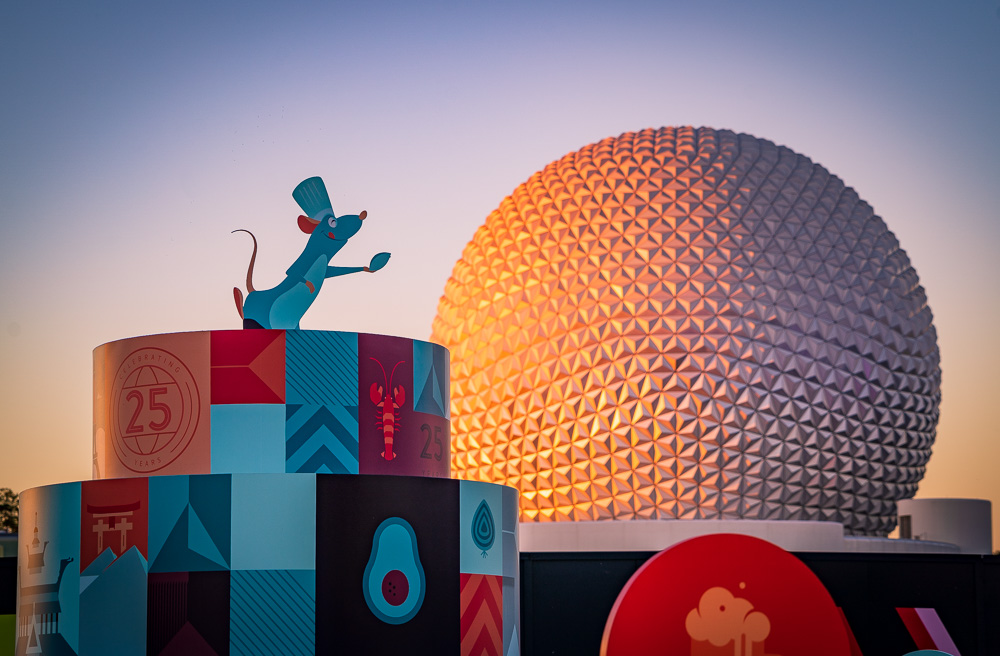
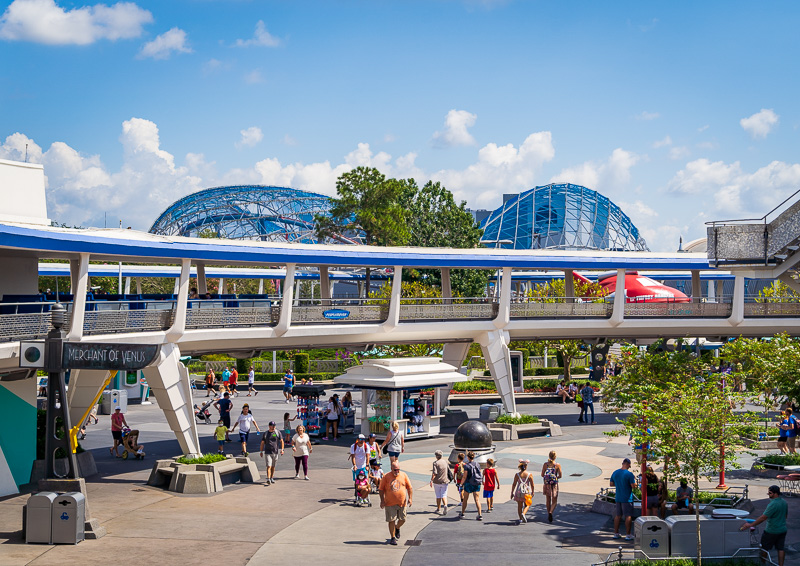

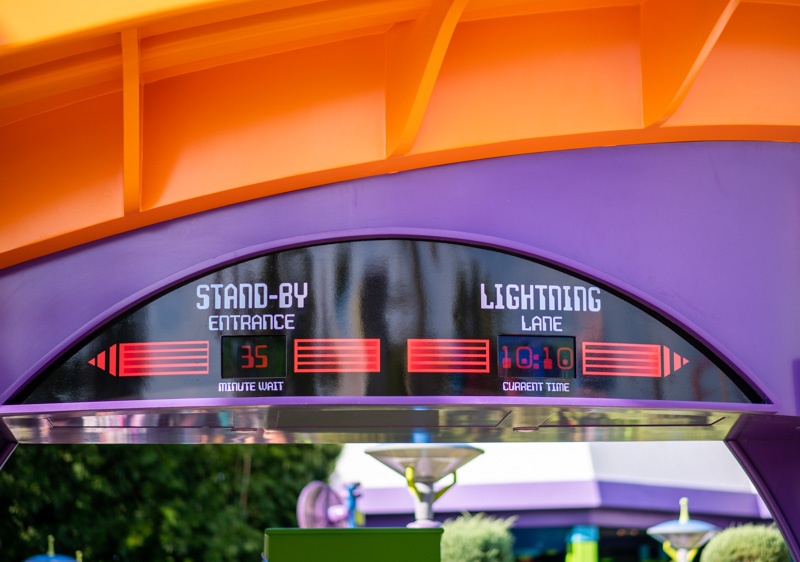

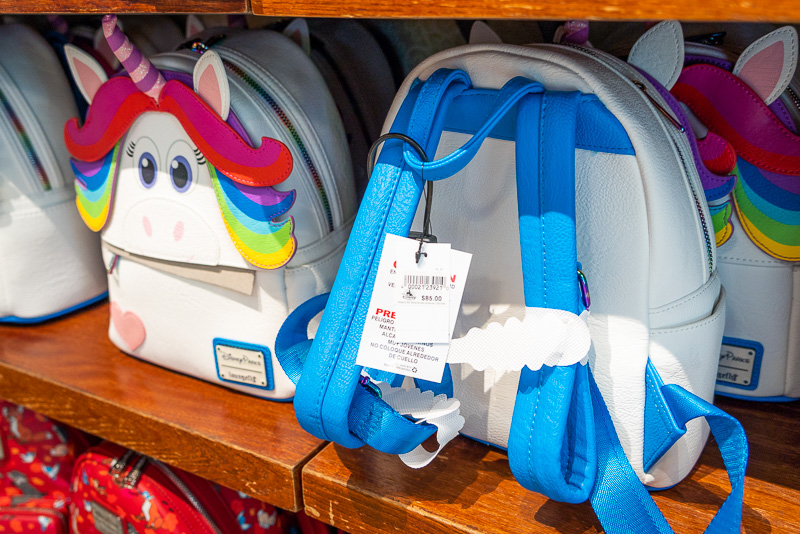


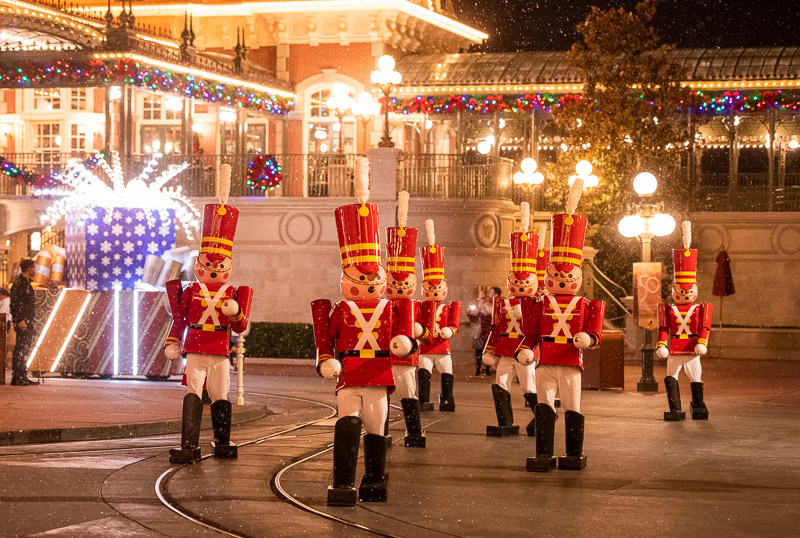

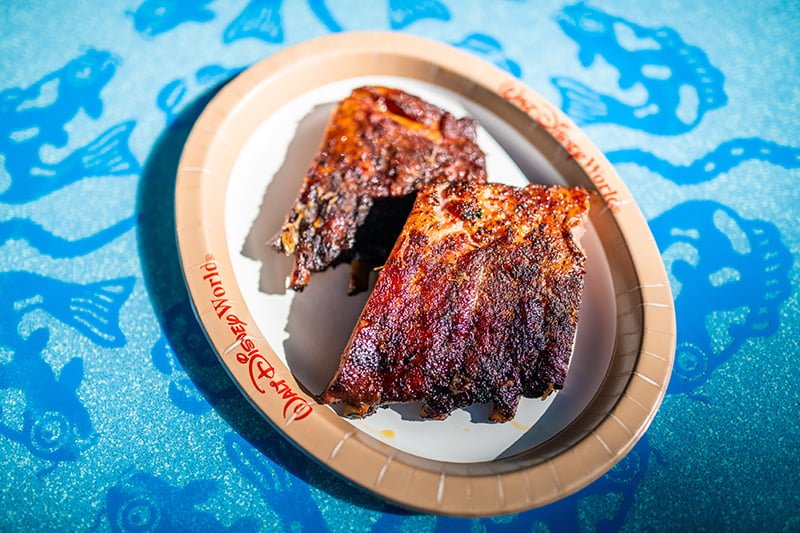
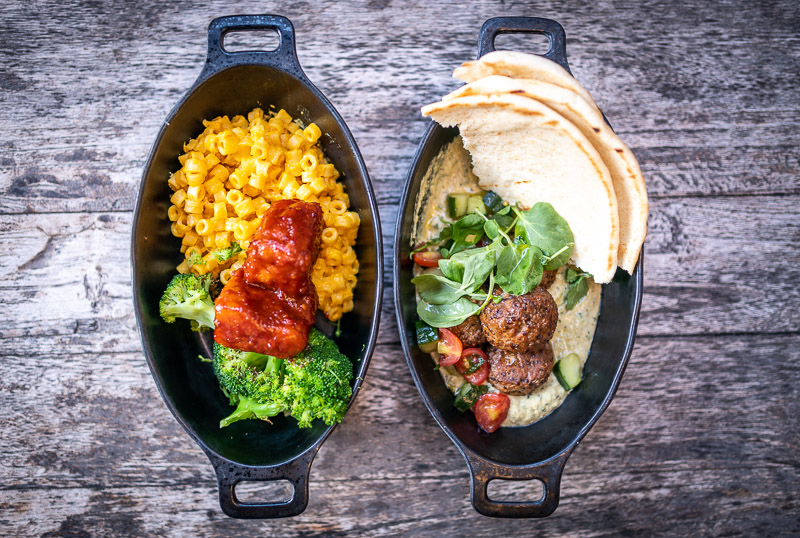

I’m not going to Disney anymore, I refuse to contribute to the problems everyone here complains about but also perpetuate. But from everyone I know who has gone recently, cast members are across the board not Disney caliber. Iger initiated the degradation of the Disney experience but Chapek has certainly taken it upon himself to out-do his predecessor in that regard.
Message to Bob and the research team. If you would have raised prices for tickets $15 I may not have even noticed. Thus you could have kept the legacy fast pass system in place. Boom, profit, happy customer. Instead you want to create a 2nd class ticket experience with no guarentee I’m going to pay the extra. Hint, I’m not!!!! You seem to think I want to be tied to my phone and all the headaches which go with it. Hint, I don’t!!!!! You’ve waisted cash resourses on developement and infastructure which people do not like and will lesson their experience. There were a lot of, “this is new, let’s see how this works” buyers of Genie plus. Let’s see what happens as time goes on. Last hint, if I can’t enjoy myself without Genie plus you won’t force me to buy it. I simply won’t be back.
I believe Disney 2021 is about families finally getting out again & having money saved if they worked in 2020. However, I don’t believe this momentum will continue. You need to factor in the lack of ability to travel international. It’s a high risk right now to travel international or even on a cruise. What happens if you have taken time off work, paid for your trip and test positive or get a cold 3 days before. My husband and I normally travel international every other year for vacation. However as a nurse with COVID exposure, I will not risk the chance I might test positive. I’m a DVC member so, I’m heading to Disney next year for the 3rd year in a row.
I just back Saturday from WDW and was at EPCOT on Thursday (Veteran’s Day) and HS on Friday, Nov. 12th. I was staying off-site as I always do & purchased Genie+ for both days. I found Genie+ completely useless at EPCOT & we weren’t able to secure virtual queue for Remy’s (which really ticked us off). We booked 2 rides w/Genie+ (Soaran and Test Track). The majority of rides at EPCOT only average about 30 minute waits. Ones like Figment, Nemo, Living w/Land like 15 minutes. I never saw Soaran more than 50 minutes and Test Track no more than 60 minutes: both of these wait times are bearable. We were so annoyed with the G+ experience and not getting to do Remy’s, that we skipped the Illuminations show/fireworks and headed over to Disney Springs. The experience at Hollywood Studios was much better. We were able to hit every ride and were able to use Genie+ for nearly every ride except Slinkydog and RofR. We used single rider for RnR coaster. We could never get G+ booking for Slinky or RofR. We hit Slinky late & were prepared to wait the 80 minutes, but it broke it down. We were able to do RofR on our way out about 7pm. Wait time said 180 minutes like what it said nearly all day, but we didn’t think the queue looked liked 3 hours so we decided to go hit it. I timed the wait and we finished the ride at 65 minutes. So the wait time is highly inflated towards the end of the day. I would buy Genie+ again for HS for sure, but I would be hesitant to buy it again for EPCOT. I wish Disney would just do what Universal does with their Express Passes. I would gladly pay the $$ to be able to skip all the lines for all rides, but only if for all rides. I think Disney is thinking they can actually make more $$ by charging a lower fee that provides just a few perks, because a larger portion of people will pay the $30 and/or $10 versus paying an additional $100 per person….and this is likely true by economics.
I am happy if other people have been enjoying Genie +, but my experience was not all that positive. We had one day in MK, therefore we purchased Genie + to maximize our ability to ride as much as possible with our first time visiting, 4 year old daughter. We missed our first pass due to issues with entering the park with our tickets. I dislike that you cannot choose a ride twice. If you are PAYING for the Genie +, you should be able to ride whatever you choose with it. Also, I am fairly competent with MDE and tech itself and did not find it to be that user-friendly. With the exception of Jingle Cruise, we could have easily waited in stand-by lines all day with less than hour waits… in most cases, the average was 30 minutes the day of our visit. The icing on the cake was that we had a pass for Splash Mountain and it went down at the start of our pass window. It was back up and running within 30 minutes, yet our pass was already converted and then we were unable to use it due to checking in with a pass for Haunted Mansion in the same time frame. Instead of converting the pass immediately, they should wait to do so until closer to the end of the window.
Sorry for my rant… but I did not hear positive things from other visitors either, so I find the quote below a little difficult to believe….
“The response to the [Genie] service in just its first month has been extremely positive.
Tom, I have to disagree and say that these paid skip the lines are already negatively affecting the guest experience. I was at Disney for one day on 11/10 and never has it been more clear that my regular park ticket (which was $200/person due to the Park Hopper option) was not enough for Disney to care about me. Both Rise of the Resistance and Frozen Ever After ended up having waits over twice what was posted when we first got in line (and when the original posted time for Rise was 120 that’s a huge difference). In both cases the standby line would be stationary for 5-10 minutes at a time before moving at best 10 feet, while dozens if not hundred of people passed through the constantly moving Lightning Lane line. We ended up bailing on Frozen so we wouldn’t miss the fireworks, but with Rise we stuck it out and saw firsthand that they were taking one party for the standby line for each briefing room; everyone else was from the Lightning Lane (mind you, those briefing rooms hold probably 20-25 people). It was absolutely disgusting and made it clear that Disney, despite charging ridiculous prices, does not care about you unless you are willing to pay for all of their uncharges. I will not be back at the parks anytime soon, and honestly wish I had just skipped Disney completely.
I am a DVC member and DISNEY Lover, but the nickel and diming is eroding the magic…. Their should b a balance between profit and guest experience…. Now it is shifted to profit, profit!!…. I prefer a different CEO!!!
I just returned from 6 days at Disneyland. Here’s the highs and lows:
– crowds were significant but waits generally were not awful if you did rope dropping and returned in the evening, especially since the temps were dropping after dark. For example, did Haunted Mansion, Pirates and Big Thunder in less than an hour.
– Big Thunder, Millennium Falcon, and of course Rise all broke down while I was in line. More aggravating was Disney canceling PhilharMagic to show previews of their latest film to very small crowds. I could smell Disney’s flop sweat on the movie and their desperation to get a few more people to buy tickets for it. Park goers basically got an ad in place of an attraction. However, not many rides were out for rehab.
– Couldn’t get into most table service restaurants even 45 days in advance. Food was mostly pretty good, however, but pricey.
– Stayed off-property. $209/day gets you a room that wasn’t vacuumed during my 8-day stay, and other cleaning was minimal. Basically dump the trash and wipe some surfaces. Beds were never touched, though they did provide new towels. And while the room had lots of electrical outlets, not a single USB outlet. “Free” breakfast was all pre-made and low quality- you could actually see the boxes it came in. TBF, they were doing a major remodel of the building where the food was and I’m not sure they still had a kitchen.
– Disney IT remains problematic. Spent 90 minutes at the “ticket trouble building” and they couldn’t link my reservation with that of a friend, though he could link with me. On the plus side one of the things they tried wound up giving me a free day in DCA, so it was probably worth it.
– overall, a meh experience but this was the first vacation of any kind in 2 years and I was desperate. Doubt if I’ll be back soon.
Hey Tom and Sarah
First, thank you for your great blog. Entertaining and informative. Country Bears are our rock stars right? Spent 10 days at the world end of October. Your advice for this trip was solid. The Boo Bash was certainly no MNSSHP. It was great however, as you noted, as an opportunity to experience a lot of attractions in a short period of time Next, getting to HS early before opening allowed us to enjoy ROTR , Smuggler’s Run, and Toy Story Mania before official opening. Thank you so much for that great advice.
Finally, although I enjoyed my time at The World very much, I found much to be concerned about. The upcharging and down delivering are disheartening. Unfortunately Disney did the unthinkable. It bored me. Alas.
The people who currently run Disney are focused solely on “optimizing margins” to increase stockholder returns, not the interests of the guests. The Merriest celebration is a giant rip off, Genie is a big money maker for them adding to the burdens of the guests. The plan to decrease portion size is to further save money at the expense of the guests, not their health concerns of us.